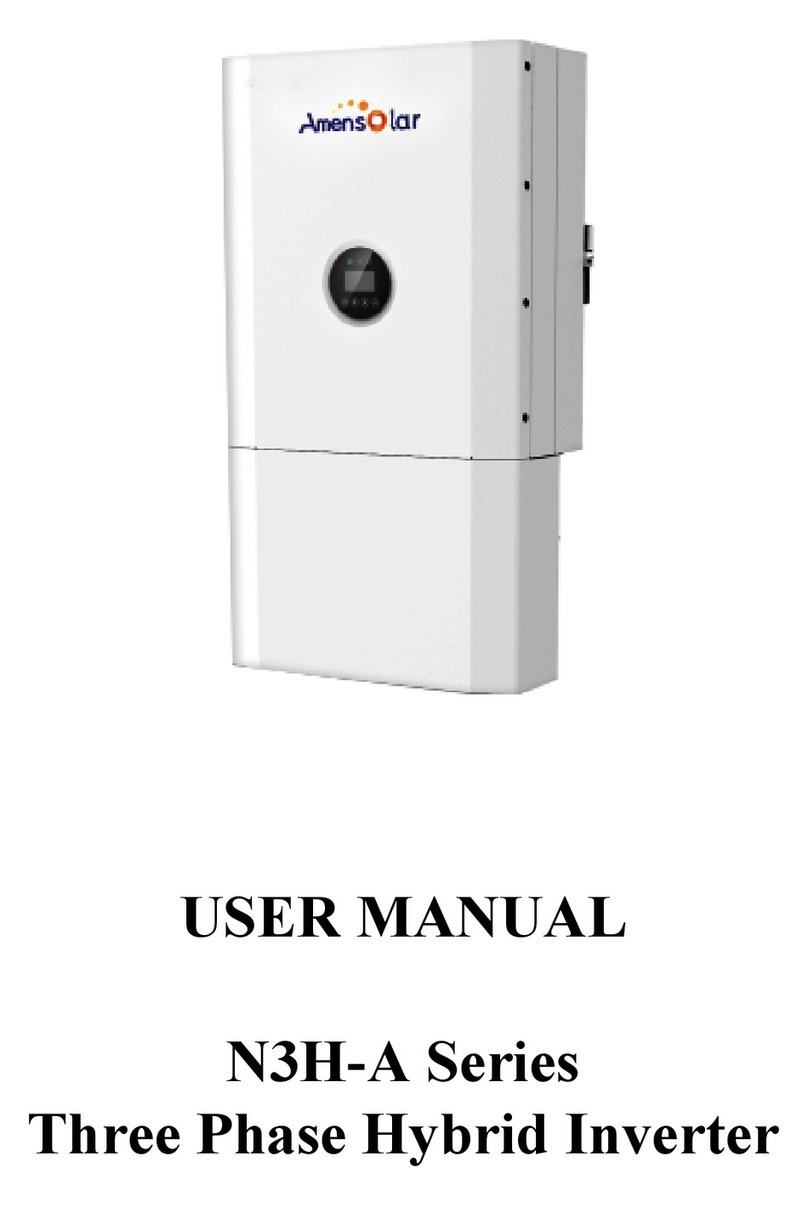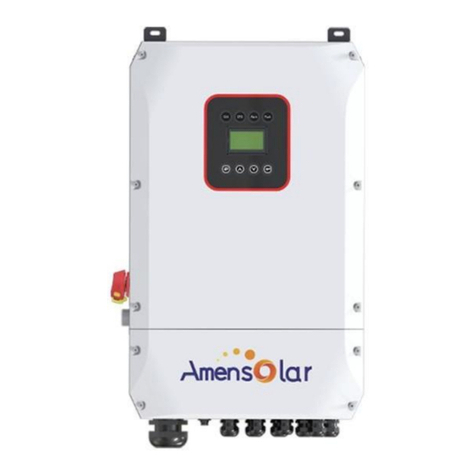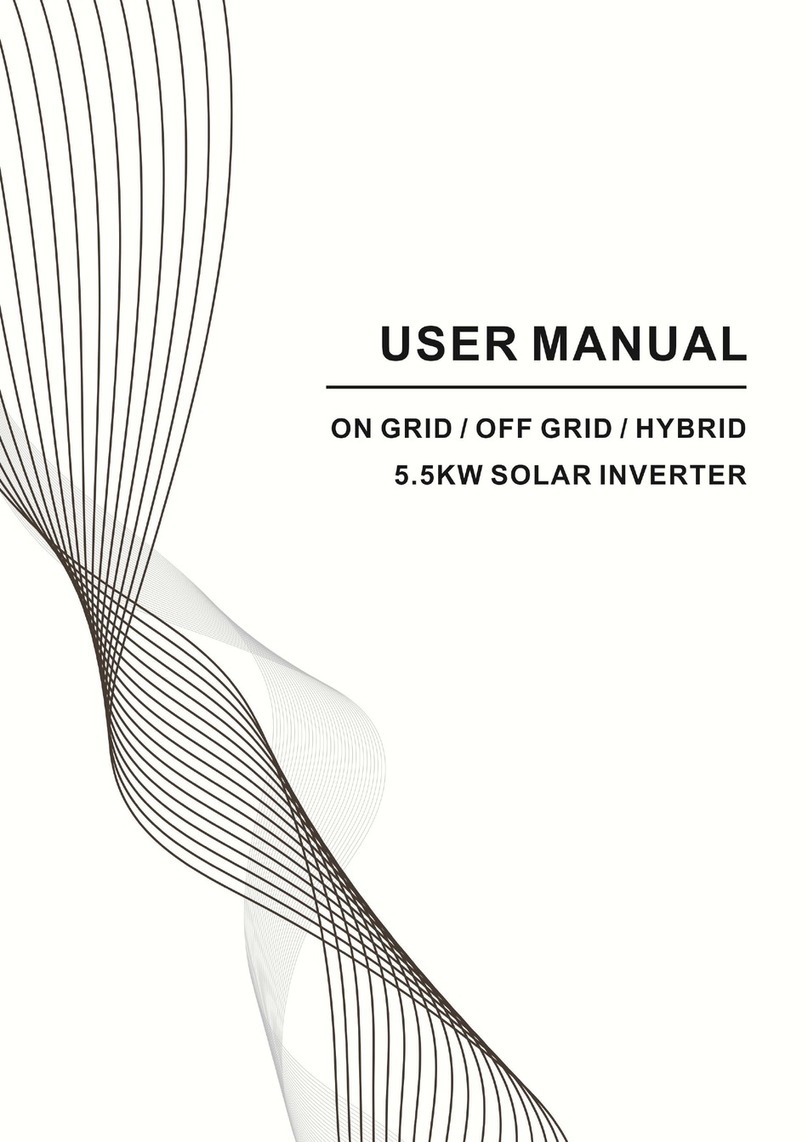
CONTENTS
1. Notes on this Manual ..................................................... 1
1.1. Scope of Validity ........................................................................................... 1
1.2. Target Group ............................................................................................... 1
1.3. Symbols Used .............................................................................................. 1
2. Safety .............................................................................2
2.1. Important Safety Instructions .........................................................................2
2.2. Explanation of Symbol ...................................................................................6
3. Introduction ...................................................................7
3.1. Basic features .............................................................................................. 7
3.2. System Diagram ...........................................................................................7
3.3. Work Modes ............................................................................................... 11
3.4. Dimension ..................................................................................................12
3.5. Terminals of PV inverter ...............................................................................13
4. Technical Parameters ...................................................15
4.1. Inverter specification ...................................................................................15
5. Installation .................................................................. 17
5.1. Check for Physical Damage .......................................................................... 17
5.2. Packing List ................................................................................................17
5.3. Mounting ................................................................................................... 17
6. Electrical Connection ....................................................21
6.1. PV connection .............................................................................................21
6.2. Grid Connection (GEN connection) .................................................................22
6.3. Back-up:Load1 and Load2 Connection ........................................................... 22
6.4. Battery Connection ......................................................................................25
6.5. WiFi Connection (optional) ........................................................................... 26
6.6. GPRS Connection (optional) ..........................................................................27
6.7. CT Installation instruction ............................................................................ 27
6.8. E-Stop Installation ...................................................................................... 28
7. Inverter Parallel Guide .................................................30
7.1. Parallel System Diagram .............................................................................. 30






























